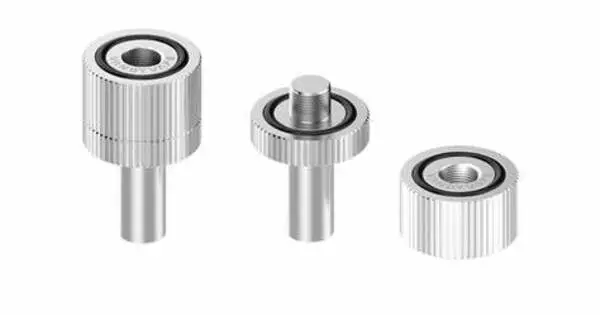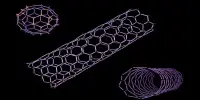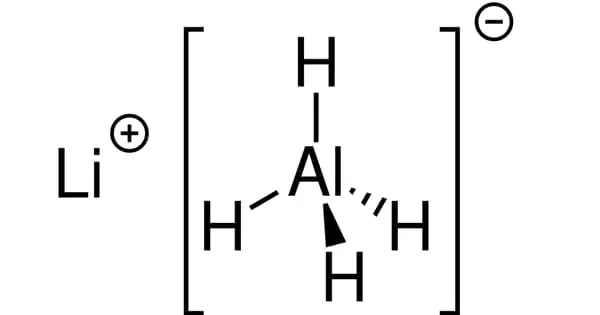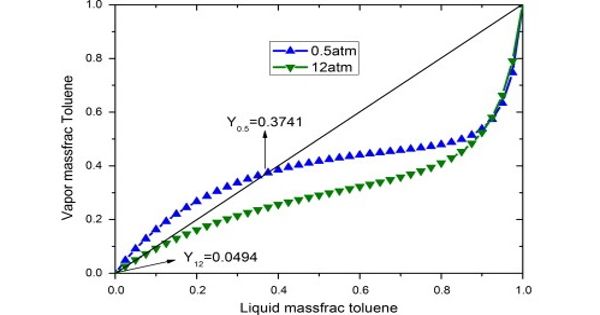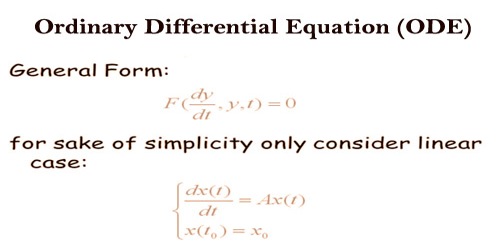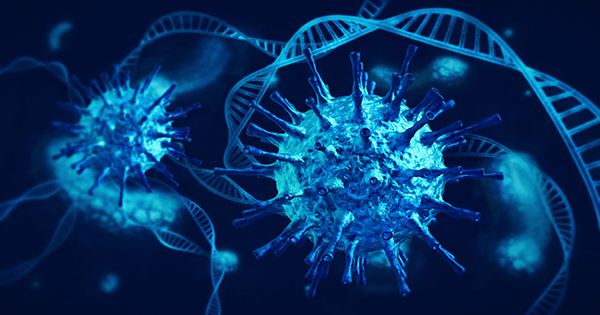Vapor polishing is a technique used to polish plastics in order to minimize surface roughness or improve clarity. It is largely utilized in manufacturing, particularly in the field of plastic and acrylic manufacture. It entails using a vaporized solvent to smooth and polish the surface of plastic or acrylic items, removing flaws, roughness, and inconsistencies.
Vapor polishing is a good way to get a high-gloss, optically clear surface on plastic components. A component is often subjected to a chemical vapor, making the surface flow and therefore increasing the surface finish. This polishing procedure is widely used to restore transparent materials to optical quality after machining. Internal component characteristics benefit from vapor polishing.
Plastic component feature size changes are quite rare. Because vapor polishing creates surface strains that can induce crazing, post-stress relief is frequently required. Polycarbonate, acrylic, polysulfone, PEI, and ABS are examples of plastics that respond well to vapor polishing. The method is also used to improve the surface of things manufactured using 3D printing techniques. The surface is frequently not completely smooth as the printer deposits layer upon layer of material to make the object. Vapor polishing can significantly improve surface smoothness.
Here’s how the vapor polishing process typically works:
- Preparation: The plastic or acrylic parts to be polished are first machined or fabricated to the desired shape, but the surface may still have roughness, scratches, or imperfections from the manufacturing process.
- Container: The parts to be polished are placed inside a sealed container, often referred to as a polishing chamber or polishing jar. This container should be airtight to prevent the escape of solvent vapor.
- Solvent Selection: A suitable solvent is selected based on the type of plastic or acrylic being polished. Common solvents used for vapor polishing include acetone, methyl ethyl ketone (MEK), and dichloromethane (DCM). The choice of solvent depends on the material’s compatibility and the desired finish.
- Temperature Control: The container is heated to a specific temperature that allows the solvent to vaporize but not boil. This temperature is typically just below the solvent’s boiling point. The exact temperature depends on the chosen solvent and the material being polished.
- Exposure to Vapor: The plastic or acrylic parts are exposed to the vaporized solvent within the sealed container for a controlled period. The solvent vapor gently melts and softens the surface of the plastic, causing it to flow and self-level.
Vapor polishing is widely used to create exceptionally translucent and smooth surfaces on plastic and acrylic components. It is frequently utilized in applications requiring optical clarity and aesthetics, such as the manufacture of lenses, display covers, and medical devices.
However, when working with solvent vapors, it is critical to take necessary safety precautions because they can be deadly if not handled properly. Adequate ventilation and protective equipment are required to ensure operator safety. Furthermore, the solvent and polishing process parameters should be carefully chosen based on the unique materials and intended outcomes.
